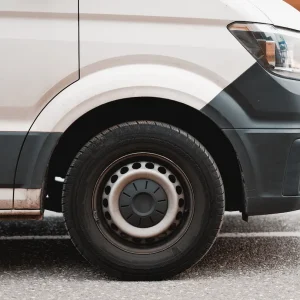According to Manheim Remarketing’s latest analysis, wholesale used values increased by £373 to £4067 compared to 2009, while average age fell by six months to 50 months and mileage decreased by 6299 to 70,556 miles.
Manheim said average values peaked at £4416 in April and remained strong and relatively steady from July until the year end.
Excluding market or model mix distortions, Manheim said sub-three tonne large vans recorded the biggest rise in average value last year – up 17.7% (642) to £4274. This was due in part to a four month fall in average age to 50 months coupled with a substantial decrease in mileage of 12, 548 to 83,994 miles.
All market segments posted year-on-year price increases in 2010 with the exception of small panel vans, which fell 2.6% (£106) to £3895.
Overall, average values in December 2010 were 2.7% (£108) ahead of the previous month.
Large panel vans of under three tonnes were up 1.3% to £4274, Tippers rose by a sharp 7.3% (£438) to £6415 and boxes and Lutons edged up 1.4% to £6811.
Segments falling in value included car vans, down 8% to £2252 and large panel vans of more than three tonnes, which were down 4.2% to £3794. Average age and mileage remained on a par with November at 50 months and 70,500 miles respectively.
Manheim’s commercial vehicle boss James Davis said the fact that used van values grew during the recession was proof that supply had tracked behind demand, as a result of the slump in new van sales.
He said there was potential for a good year in 2011 due to the rise in van de-fleet volumes caused by consolidation in daily rental and other industry sectors.
“The majority of the vans we are seeing coming to auction are the popular brands,” he said, “well specified bread and butter ex-fleet and rental vehicles in the £3500 to £5000 price range. These always attract buyers as there is a ready retail market for them.”
With buyers investing their own cash, Davis said pre-selling would be a better option than stocking for vendors.
“If the economy maintains its gradual recovery and new vehicle registrations continue to struggle the used van market will thrive,” he said.
Davis said increased supply was likely to see shallower value rises than last year but concluded: “The outlook is positive for a stable 2011.”






